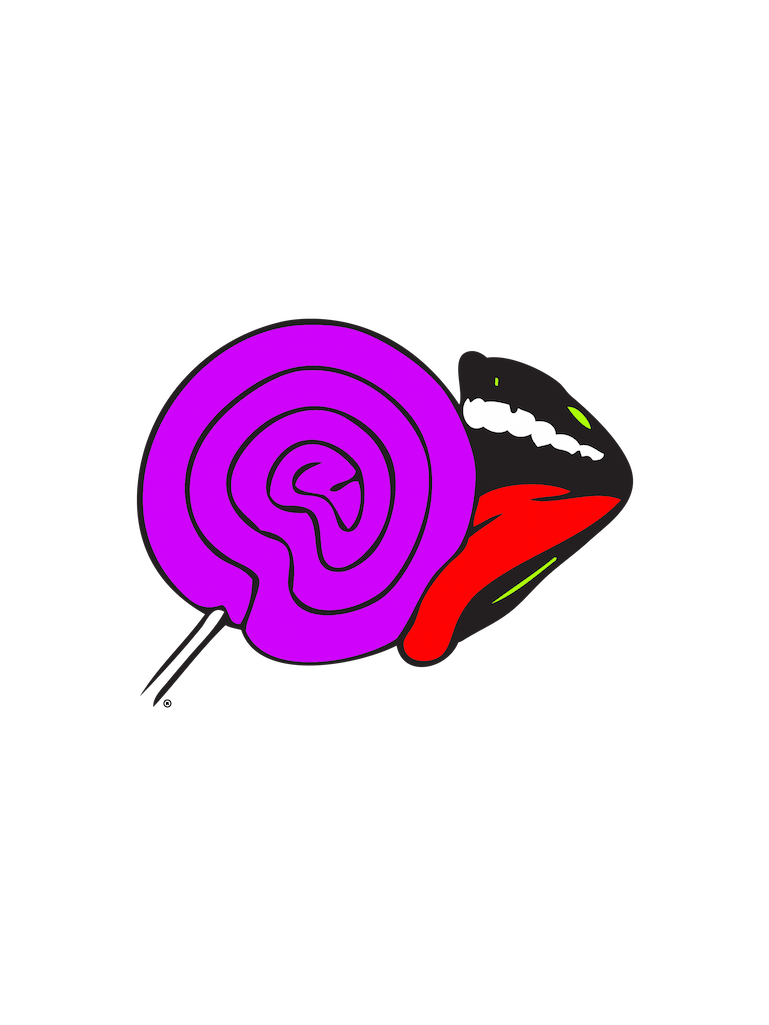Night Owls Vs. Early Birds
Though a host of articles maintain that the early bird gets the worm, a growing amount of research favors the night owl, maintaining that genetically, late sleepers may be more intelligent and creative. So which is truly the more productive sleep pattern?
Early Birds
Citing several studies, Inspiyr suggests that early birds, or ‘larks,’ are more likely to have a successful career, to possess more positive character traits, and are often in better shape. However, Planet of Success points out that early risers tend to lose focus before day’s end, often trade social life and personal creativity for work life, and have a higher propensity for stress.
Night Owls
Lifehack celebrates the strength of night owls, mentioning owls tend to be smarter, more creative, stronger and more focused as the day progresses, have a better sense of humor and, though they are more outgoing, tend not to need as much sleep as larks.
Nevertheless, biologist and sleep specialist Christoph Randler points out that because late risers are out of sync with the typical corporate schedule, when it comes to career success and general quality of life, early risers tend to win out.
What causes an individual’s sleep pattern?
Katherine Sharkey, MD, a psychiatry professor at Brown University tells WebMD that each individual has an internal biological clock, or circadian rhythm. But not all individual circadian rhythms match the Earth’s 24-hour light-dark cycle. Those with a slightly longer cycle are night owls, and those with a slightly shorter cycle are early birds.
Who’s Who Among Sleepers?
Each sleep category boasts a heap of successful people and almost suggests the type of mind suited for success in either lifestyle
In comparing the short list above, early birds appear to be more Type-A, where night owls appear more innovative.
But before choosing a side, it’s interesting to note that according to clinical psychologist Dr. Michael Breus, there are actually four types of sleep pattern categories: early birds, night owls, the mid-rising “bear” and the insomniac which he refers to as dolphins in a CBS News interview.
He states 15% of Americans are true larks, 15% true owls, and 10% true insomniacs. Most Americans, about 55%, are actually bears, waking up around or after 7:30.
One could chose either extreme or even go as far as super productive architect, inventor and author, Buckminster Fuller, in a category of his own—employing a polyphasic sleep cycle, where he simply took 30 minute naps every six hours.
But perhaps waking up as the average human does, as a “bear,” allows one the benefits of both extremes: a good humored yet pumped mood radiating with creative productivity.




